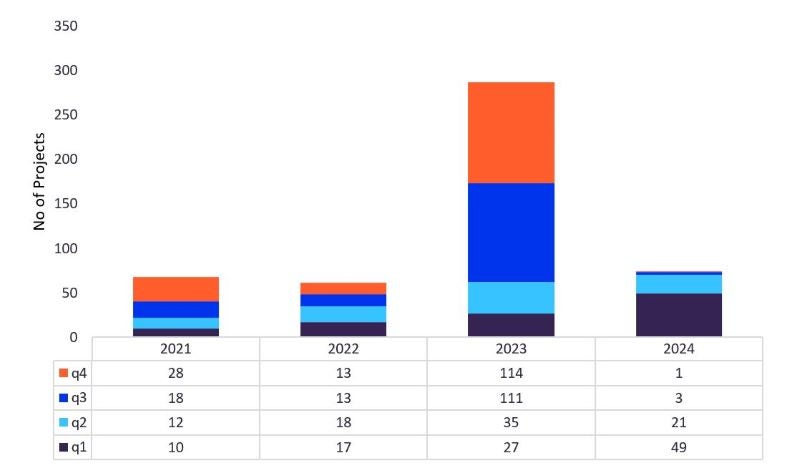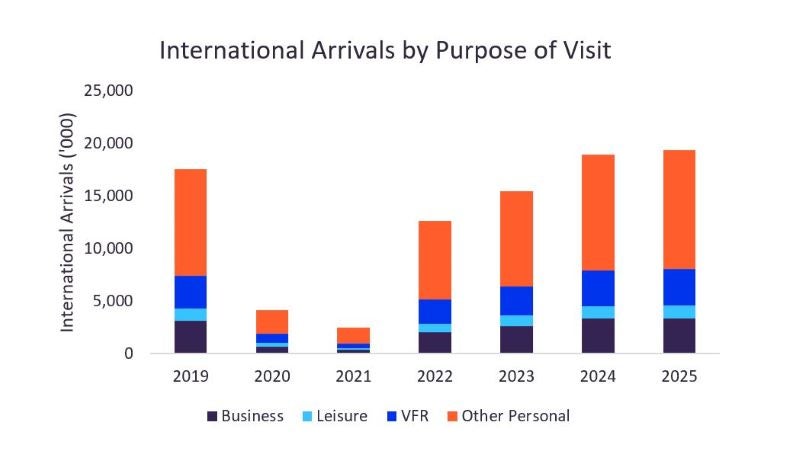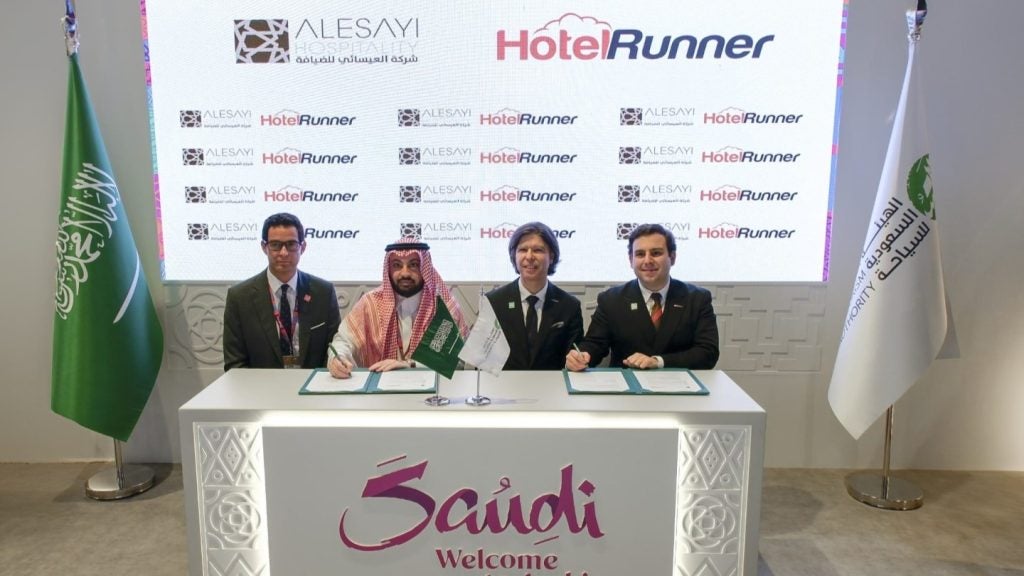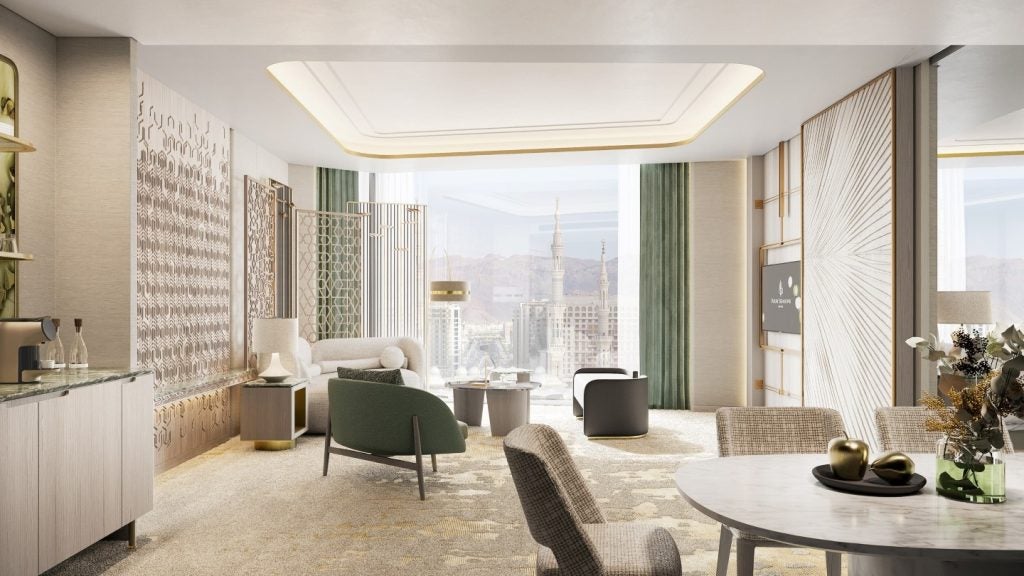Saudi Arabia’s Vision 2030 seeks to host 30 million religious tourists by 2030. Through a variety of construction projects, the Kingdom is evidently seeking to increase the overall capacity for inbound Hajj and Umrah visitors and get ahead of issues commonly associated with overtourism.
Saudi Arabia’s Vision 2030 to see investment in tourism
In 2016, Saudi Arabia announced that it was embarking on a unique and transformative economic and social reform, called Saudi Vision 2030, that would open the country to the world. One of the key strategic sectors for development mapped out in Vision 2030 is tourism.
As part of Vision 2030, the Kingdom has set an ambitious target to attract 100 million domestic and international tourists annually by 2030. In 2019, prior to Covid-19, Saudi Arabia welcomed 17.3 million international arrivals. As international travel has resumed follow pandemic disruption, GlobalData forecasts that arrivals will reach 18.8 million by 2025, to surpass pre-Covid levels. Visitation to Saudi Arabia is led by ‘other personal’ trips, which is unsurprising, given the high demand for religious pilgrimages.
Saudi Arabia’s Mecca may encounter overtourism
Aligned with the Kingdom’s Vision 2030, the already popular religious destination is seeking to attract more than 30 million religion tourists per year by 2030. The city of Mecca (Makkah) has hosted the annual Hajj pilgrimage for more than 14 centuries. The Hajj journey is completed over a period of five days and the city also hosts Umrah pilgrims year-round.
Pre-Covid, over two million pilgrims from across the globe gathered for the Hajj every year and approximately eight million travelled for Umrah. However, the holy city of Mecca’s importance far outweighs its size on account of its status as the holiest city and its privilege of hosting the Hajj. This presents a potential problem, as the large number of pilgrims during the Hajj period could lead to overtourism if not managed effectively. Overtourism can cause several localised issues such as rising rent prices, overcrowding during certain periods, and degradation of nature.
See Also:
Focused efforts to improve pilgrimage experience and capacity
Nevertheless, key to Vision 2030 is a number of large-scale, complex, and multi-purpose construction projects. According to GlobalData’s Construction Projects Database, there are 595 active ongoing and upcoming construction projects in Saudi Arabia (as of 4 November 2022). In development are focused efforts to improve the pilgrimage experience and accommodate a greater number of religious tourists. This includes the $35bn redevelopment of King Abdulaziz Airport (Jeddah International Airport), which serves as a gateway to Saudi Arabia for a large number of pilgrims and is currently projected to finish in Q4 of 2026, according to GlobalData’s Construction Projects Database. The construction will include a dedicated Hajj terminal.
How well do you really know your competitors?
Access the most comprehensive Company Profiles on the market, powered by GlobalData. Save hours of research. Gain competitive edge.

Thank you!
Your download email will arrive shortly
Not ready to buy yet? Download a free sample
We are confident about the unique quality of our Company Profiles. However, we want you to make the most beneficial decision for your business, so we offer a free sample that you can download by submitting the below form
By GlobalData
Other projects include the $16bn Mecca Metro project involving the construction of four new metro lines to serve holy sites in Mecca, as well as undertaking the construction of the two holy mosques in Mecca at a value of $60m. Such investments should allow Saudi Arabia and the city of Mecca to find a balance between managing tourism flows and reaping the economic benefits.









